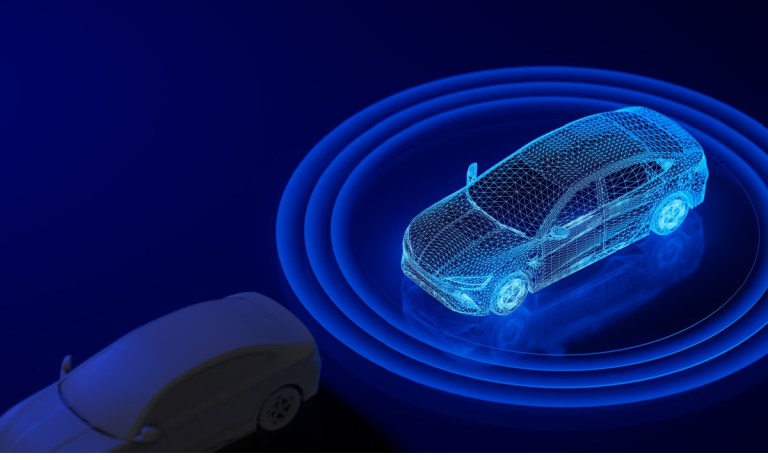The Omniverse Cloud Sensor RTX was unveiled at the Computer Vision and Pattern Recognition conference and aims to offer physically accurate sensor simulation. The tech titan’s announcement underscores the sensor industry’s growing importance. A
The new software combines real-world data from various sensors with synthetic data, supposedly allowing developers to test sensor perception and associated AI software in realistic virtual environments before real-world deployment. The company claims this approach will enhance safety, reduce costs and save time in the development process.
“Nvidia Omniverse Cloud Sensor RTX microservices will enable developers to easily build large-scale digital twins of factories, cities and even Earth — helping accelerate the next wave of AI,” Rev Lebaredian, vice president of Omniverse and simulation technology at Nvidia, said in the news release.
AI-Powered Simulations
Without relying on real-world data, the Omniverse Cloud Sensor RTX can simulate various scenarios, from robotic arm operations to road obstructions. This capability could drive advancements in the autonomous machine industry, with applications in manufacturing, transportation and smart city development.
Software developers Foretellix and MathWorks are among the first to gain access to Omniverse Cloud Sensor RTX for autonomous vehicle development. The microservices also enable sensor manufacturers to validate and integrate digital twins of their sensors in virtual environments, streamlining the physical prototyping process.
Advertisement: Scroll to Continue
Rising Demand for Autonomous Vehicles, Sensors
Automakers and logistics operators are focusing on autonomous vehicles, a futuristic innovation that aligns with the rising artificial intelligence (AI) era. The recent $1.05 billion Series C funding round raised by Wayve, a software startup focused on self-driving cars, highlights the growing interest in this technology, which has the potential to automate the supply chain and manufacturing workflows.
Demand for autonomous machines has been steadily increasing, with the global autonomous vehicle market alone projected to reach $214 billion by 2030. However, the development of these complex systems has been hampered by the challenges of testing and validating sensor performance in real-world conditions. Nvidia’s solution aims to address this bottleneck by enabling developers to test and refine their designs in a virtual environment that closely mimics reality.
As PYMNTS previously reported, the future of self-driving cars is facing new obstacles. The U.S. Department of Justice (DOJ) is investigating electric vehicle (EV) automaker Tesla’s Autopilot and Full Self-Driving (FSD) systems following crashes that continued to occur despite a December recall of over two million vehicles.
Nvidia has partnered with several major automakers to develop and implement AI and computing technologies in their vehicles.
General Motors is using Nvidia’s AI technology, particularly in its Cruise subsidiary, to create autonomous ride-hailing services. Ford is working with Nvidia to enhance in-car entertainment and connectivity features, as well as advanced driver assistance systems (ADAS), by integrating Nvidia’s AI and edge computing capabilities. Toyota is also collaborating with Nvidia, using its DRIVE platform to create self-driving systems and connected car technologies for its vehicles.
While Omniverse Cloud Sensor RTX’s potential impact is significant, its success will depend on factors such as ease of integration, scalability and cost effectiveness. As businesses and investors weigh the benefits and risks of adopting this technology, how quickly the industry will embrace it remains to be seen.




